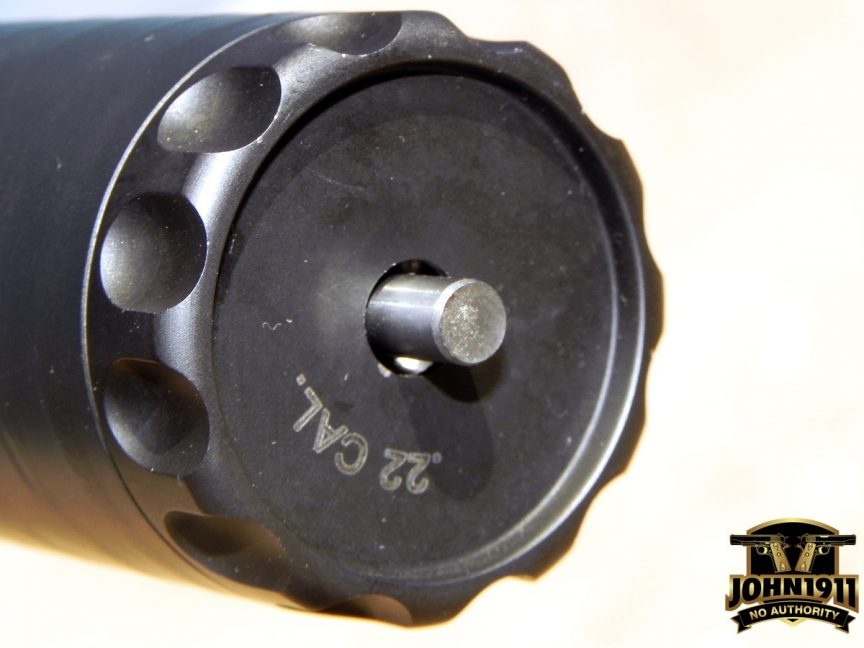Also, there’s a way to check if the barrel threads are concentric to the bore (I have one rifle on which they are not), and that’s with a bore alignment rod: https://www.surefire.com/products/suppr ... ment-rods/.
Insert the rod into your bore at the muzzle end. Attach the suppressor by passing the bore of the can over the rod and then threading the can onto the muzzle. The tip of the rod protruding past the end of the suppressor will show you if the threads—and therefore the suppressor—are concentric to the bore. The OD of the end that goes into the muzzle is exactly the ID of the lands of the rifling inside the muzzle. The OD of the portion that protrudes from the barrel is exactly the caliber dimension. So the one I have for my .308 rifles is .308” at the end that protrudes from the endcap of the suppressor, and very slightly smaller than that at the end that inserts into the muzzle. This is what made it impossible for me ultimately to continue trying to suppress my Ruger Gunsight Scout. The misalignment didn’t hurt my AAC 762-SDN-6, but it caused a pretty severe baffle/endcap strike on my Form 1 can which is about 2.5” longer. And even before the baffle strike, it really threw off the rifle's inherent accuracy.

